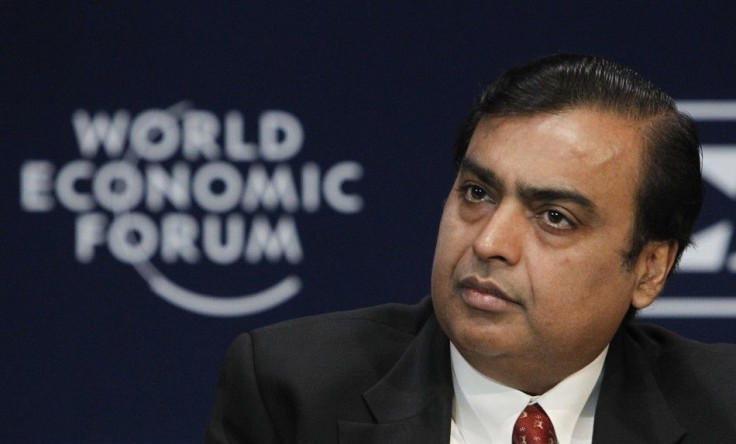How Has Asia’s Richest Man Disrupted The Indian Telecoms Industry?

"Reliance set to revolutionize mobile services" reads a headline from 2002 on Rediff.com, one of the few online media houses in India back then. In December 2002, Mukesh Ambani, then the elder son of India's second-richest man, launched Reliance Infocomm. The company is credited with making incoming calls free in India and bringing down substantially the rates for outgoing calls.
Fast-forward 13 years and the same man (the richest Indian in 2015 and now Asia's richest) presented Reliance Jio to the public, bringing the cost of 4G wireless data down to as good as free from US$4 per gigabyte (GB) previously. National calls costing virtually nothing would be an added bonus. It's not an exaggeration to credit this man for bringing two mobile revolutions to India.
The second coming
Back in 2006, the group's businesses were divided between Mukesh Ambani and his younger brother, Anil Ambani. The telecoms business went to the latter. A non-compete agreement prevented either side from encroaching on their respective sectors. Yet barely a month after the non-compete agreements were scrapped in May 2010, Reliance Industries, the flagship company, bought a 95% stake in Infotel Broadband Services Limited; a firm that had won 4G auctions and broadband spectrums throughout the country. The company was later renamed Reliance Jio Infocomm Limited.
Phenomenal growth
After pouring in around US$25 billion in investment, Jio's 4G services were officially launched in September 2016. Within the first month of the launch, the company amassed 1.6 million users, although this was still minuscule given India's huge population. However, Jio quickly forced its seasoned and unprepared competitors to drop prices and match its plans.
Jio continued to snatch subscribers from the incumbent operators. By the end of 2016 (within four months of launching), Jio had 72.4 million subscribers. Within a year of launching this had climbed to 139 million subscribers, translating to an 11.7% market share in the continent-sized country.
Within two years of starting operations, Jio forced Vodafone and Idea, then the second- and third-biggest telecom players, respectively, to merge in order to form India's biggest telco. To add subscribers, Jio lured India's sizable working-class population by launching cheap, affordable 4G smartphones. These phones brought in millions of otherwise-neglected first-time smartphone users.
The situation now
Jio's entry has forever altered India's telecoms landscape. According to the latest subscriber report by TRAI, India's telecoms regulator, the merged Vodafone-Idea Ltd (NSE: IDEA) was the biggest telecoms company in India by subscriber base (with a 35% market share). Bharti Airtel Limited (NSE: BHARTIARTL) came in second with a 28.75% market share, while Jio took third with a 25.1% market share. Jio continues to add subscribers while the other two continue to shed them. Jio's entry has also led to the exit of most of the fringe operators, which at one point commanded a combined market share of 26%.
Revenue Market Share (or RMS), a measure based on revenues and not subscribers, tells a different story though. According to Fitch, a ratings agency, Bharti Airtel is number one by RMS with a 32% share, Jio second with 31%, and Vodafone-Idea in third with a 30% share. Fitch expects Jio to take over the number one spot in 2019.
Jio has not just revolutionized India's telecoms sector but has also contributed significantly to India's overall digitalization. It's yet another inspiring story for what is possible in India when businesses, and investors, can tap into the country's clearly vast potential.
This article originally appeared in the Motley Fool.
The Motley Fool has no position in any of the stocks mentioned. The Motley Fool has a disclosure policy.





















